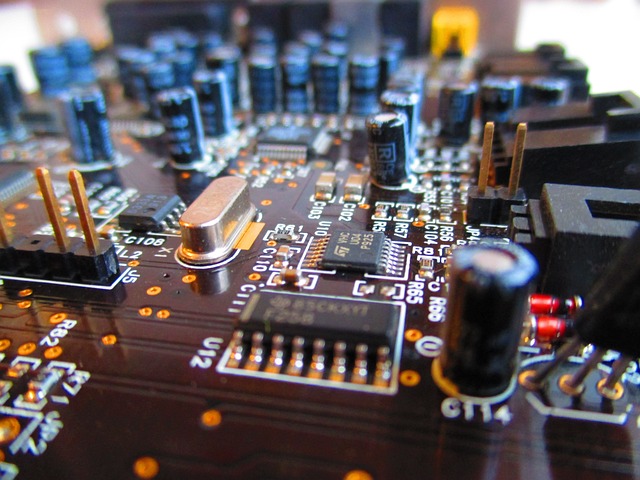
Water Quality Monitoring System

desktop App Devolopment
Hardware design is the process of creating physical components and systems that perform specific functions. It involves the conception, development, and implementation of tangible devices, from simple circuits to complex machines. Hardware design plays a vital role in shaping the technological landscape, powering everything from smartphones and computers to industrial automation and medical equipment.
Key Components of Hardware Design
- Circuit Design: Designing electrical circuits that process and transmit signals. This involves selecting appropriate components, such as resistors, capacitors, transistors, and integrated circuits, and connecting them in a functional manner.
- Microprocessor and Microcontroller Design: Developing the core processing units of electronic devices. These chips contain millions of transistors and can execute complex instructions.
- Printed Circuit Board (PCB) Design: Creating the physical layout of a circuit on a board, including the placement of components and the routing of electrical connections.
- Mechanical Design: Designing the physical structure and components of a device, such as enclosures, cases, and mechanical assemblies.
- Thermal Management: Ensuring that the device operates within safe temperature limits by designing cooling systems or heat sinks.
- Power Supply Design: Developing the circuitry that provides power to the device, considering factors such as voltage, current, and efficiency.
Hardware Design Process
- Requirements Analysis: Defining the specific functions and performance requirements of the hardware.
- Conceptual Design: Creating initial ideas and sketches for the device’s architecture and components.
- Detailed Design: Developing detailed specifications, schematics, and layouts for the hardware.
- Simulation and Testing: Using computer-aided design (CAD) tools to simulate the behavior of the hardware and identify potential issues.
- Prototyping: Building physical prototypes of the hardware to test its functionality and performance.
- Manufacturing: Producing the final product in large quantities using manufacturing processes such as assembly, soldering, and testing.
Hardware Design Tools and Technologies
- Computer-Aided Design (CAD) Software: Used for creating schematics, layouts, and simulations.
- Electronic Design Automation (EDA) Tools: Specialized software for designing and simulating electronic circuits.
- 3D Printing: A rapid prototyping technology that allows for the creation of physical models from digital designs.
- Microfabrication: Techniques for manufacturing tiny electronic components and devices.
Applications of Hardware Design
Hardware design is essential in a wide range of industries, including:
- Consumer Electronics: Smartphones, computers, tablets, and gaming consoles.
- Automotive: Vehicles, navigation systems, and infotainment systems.
- Healthcare: Medical devices, diagnostic equipment, and prosthetics.
- Industrial Automation: Robotics, factory automation, and control systems.
- Aerospace and Defense: Aircraft, satellites, and military equipment.
Hardware design is a dynamic field that continues to evolve with advancements in technology. As new materials, components, and manufacturing processes emerge, hardware designers are constantly pushing the boundaries of innovation and creating groundbreaking devices that shape our world.


